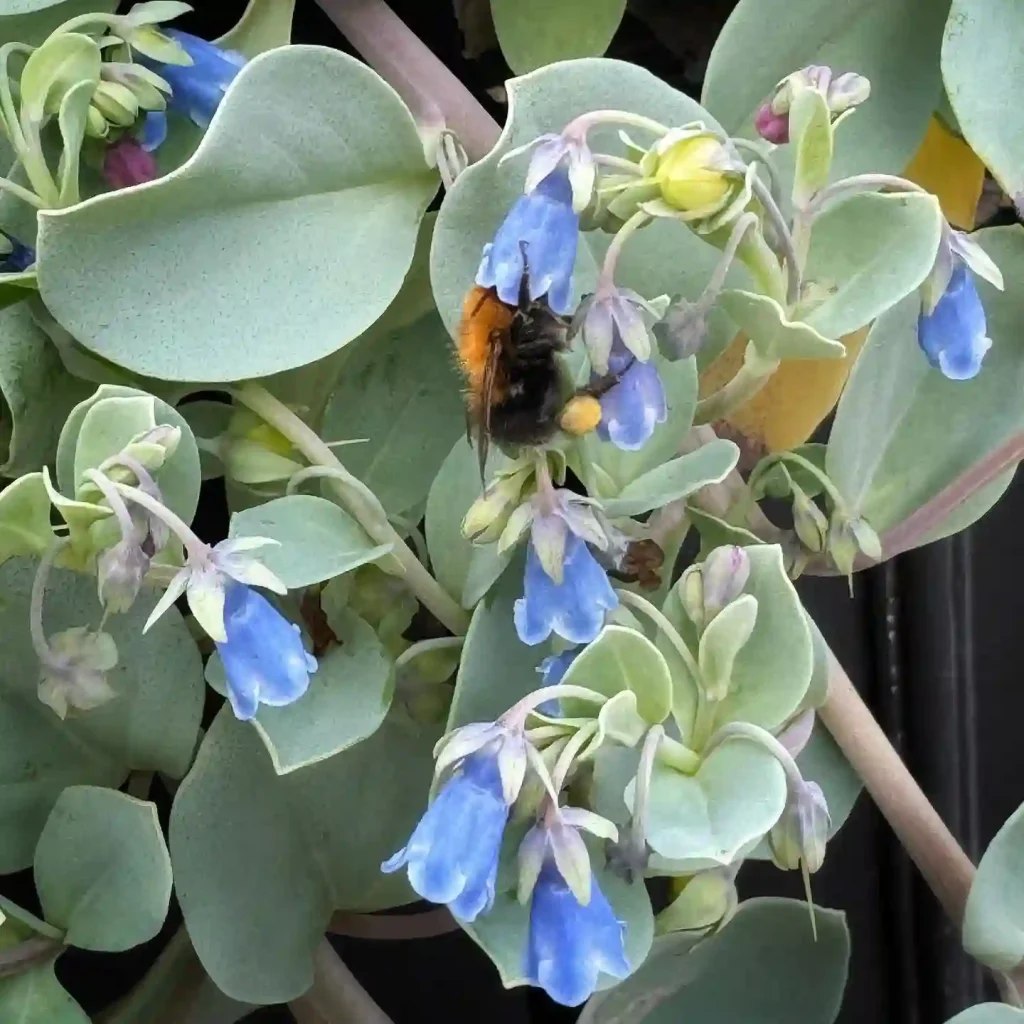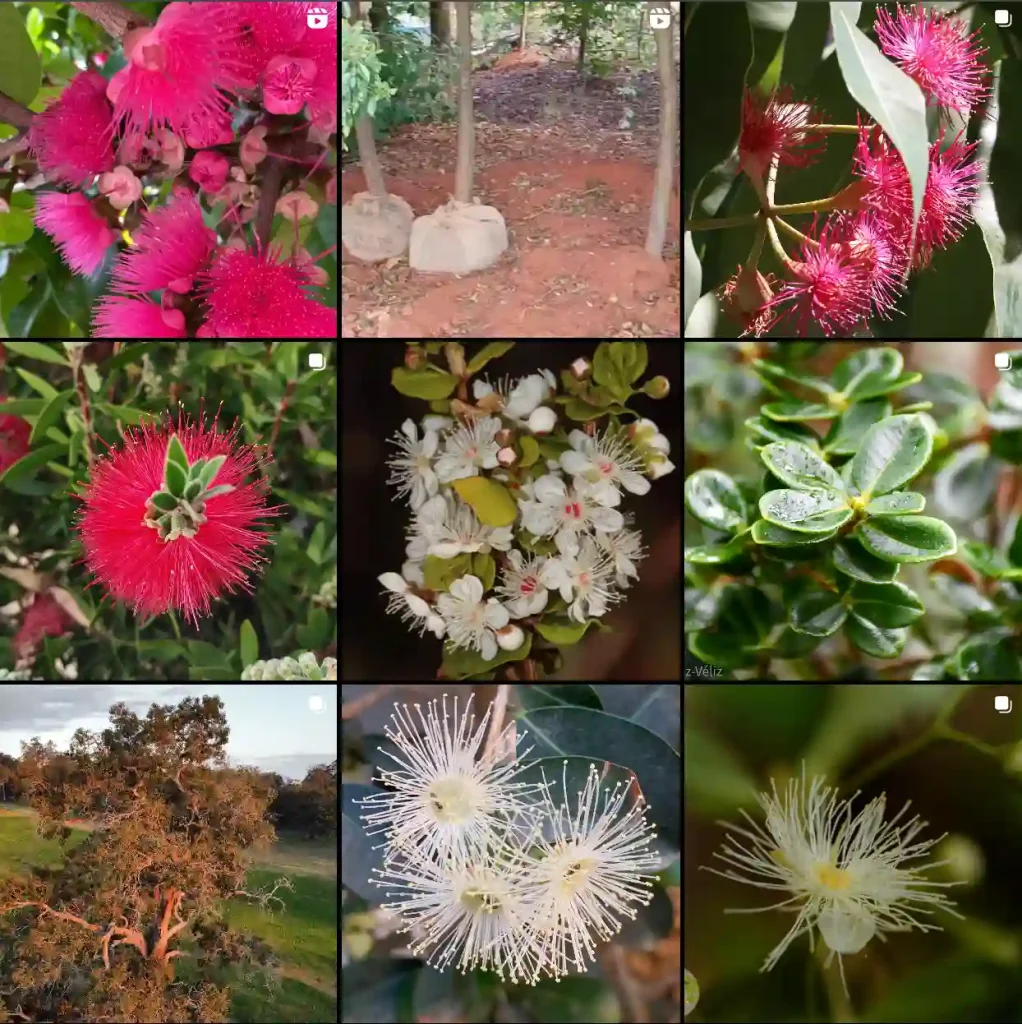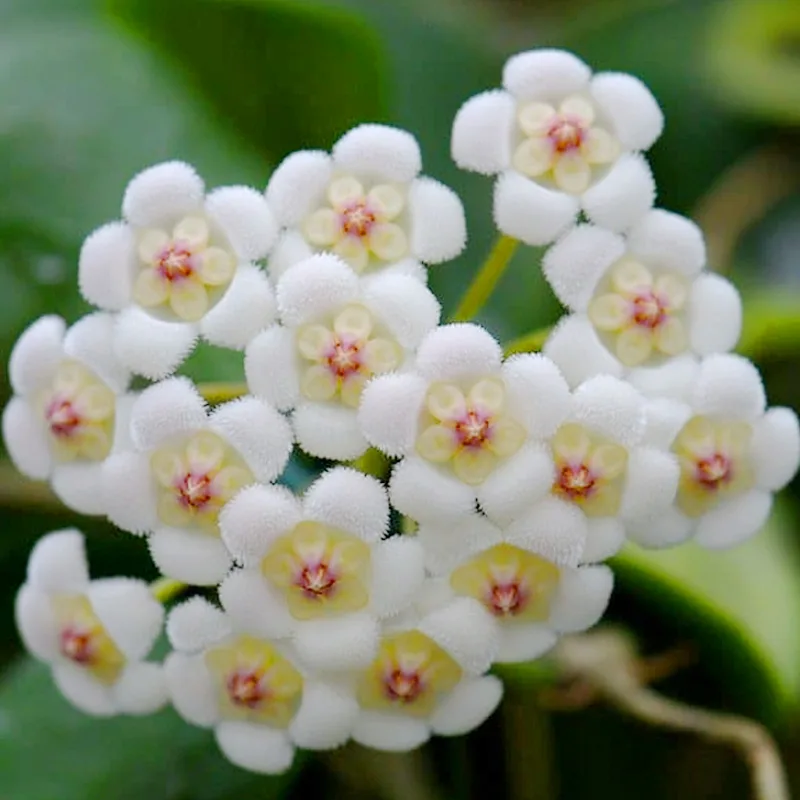Exploring the Unique Genus Drosophyllum and the Remarkable Drosophyllum lusitanicum
When I first discovered the genus Drosophyllum, I was captivated. Known for its uniquely adapted carnivorous nature, this small genus, with its single species Drosophyllum lusitanicum, truly stands out in the plant world. Known as the “Portuguese Sundew” or “Dewy Pine,” Drosophyllum lusitanicum is a plant that exemplifies survival in harsh conditions through adaptation, attracting curiosity from botanists and enthusiasts alike.
The Unique Genus Drosophyllum: An Introduction
The genus Drosophyllum belongs to the family Drosophyllaceae, a group of plants that shares the carnivorous trait but diverges from others in how it traps and consumes prey. What struck me most about Drosophyllum was that it evolved to thrive in dry, nutrient-poor soils—conditions that would deter many other carnivorous plants.
Unlike most carnivorous plants that prefer moist, acidic environments, Drosophyllum lusitanicum is native to the dry, sandy soils of Portugal, southern Spain, and parts of Morocco. The genus adapted to these arid regions by developing a unique set of physiological and morphological traits. Understanding the ecology of Drosophyllum provides a clearer picture of how diverse the plant kingdom can be and highlights the incredible adaptability of plants to survive in various conditions.
Drosophyllum lusitanicum: An Overview
Drosophyllum lusitanicum is the sole species of its genus, making it a botanical marvel. When I first saw pictures of its slender, elongated leaves coated with glistening mucilage droplets, I thought of it as a piece of living art. Its leaves are covered with glandular hairs that secrete a sticky substance, which not only attracts insects but also traps them—a characteristic that earned it the nickname “Dewy Pine.”
Drosophyllum lusitanicum doesn’t rely on just one type of gland to ensnare its prey. Instead, it has two types: longer stalked glands that capture insects with their sticky droplets and shorter sessile glands that absorb the nutrients once the prey is immobilized. This two-gland system is both efficient and resourceful, maximizing the plant’s potential to thrive in nutrient-poor soils.
Habitat and Adaptations to Survival
One of the most fascinating aspects of Drosophyllum lusitanicum is its adaptation to arid conditions. Typically, carnivorous plants grow in bogs or marshes where water is abundant, so seeing a carnivorous plant like Drosophyllum lusitanicum flourish in sandy, well-drained soils was eye-opening.
Its deep root system allows it to access water from lower soil layers, ensuring it has enough hydration to maintain its sticky mucilage. This adaptation is crucial for its survival since the mucilage requires moisture to remain effective. The plant’s leaves are also thin and narrow, reducing surface area and thus minimizing water loss through transpiration. This combination of deep roots and reduced transpiration makes Drosophyllum lusitanicum a master of water conservation.
Carnivorous Mechanism: How Drosophyllum lusitanicum Feeds
The way Drosophyllum lusitanicum traps and digests prey is intriguing. Unlike the rapid movement seen in Venus flytraps or the passive trap of pitcher plants, Drosophyllum lusitanicum uses a passive trapping mechanism that relies purely on its sticky mucilage. Insects are drawn to the sweet scent emitted by the plant, mistaking it for a source of nectar. Once an insect lands on a leaf, it becomes ensnared in the sticky mucilage. Struggles only make matters worse, as the insect is further coated with the sticky substance, rendering it immobile.
After the insect is securely trapped, the shorter glands secrete digestive enzymes to break down the prey, allowing the plant to absorb nutrients like nitrogen and phosphorus—vital elements in its nutrient-poor habitat. I find this slow yet efficient process fascinating because it shows that even plants without rapid movement can be formidable predators.
Conservation and Cultivation Challenges
Another remarkable aspect of Drosophyllum lusitanicum is its vulnerability. Although its unique adaptations allow it to thrive in specific environments, these very conditions make it challenging to cultivate outside its natural habitat. Unlike other carnivorous plants, Drosophyllum lusitanicum doesn’t tolerate overly moist soils or frequent waterings, which means that replicating its natural habitat in cultivation requires careful attention to soil composition and watering practices.
For those of us who are intrigued by rare and unique plants, cultivating Drosophyllum lusitanicum can be both rewarding and challenging. Its soil requires a mix of sand, gravel, and some organic matter to mimic its natural, well-drained environment. Over-watering or heavy soils can quickly lead to root rot. Even in the right conditions, Drosophyllum lusitanicum tends to grow slowly, requiring patience from growers. These challenges only enhance the plant’s appeal, as successfully growing it feels like a true accomplishment.
Relevance in Conservation and Botany
In the broader context of botany and conservation, Drosophyllum lusitanicum offers valuable insights into plant adaptation and the preservation of unique species. The species is currently considered vulnerable due to habitat loss and fragmentation. Its specialized habitat makes it particularly sensitive to environmental changes. Conservation efforts are essential for this species’ survival, as it represents a unique evolutionary path within the plant kingdom.
Studying Drosophyllum lusitanicum also contributes to our understanding of carnivorous plants and their ecological roles. By exploring this species, we gain insight into the adaptability of carnivorous plants and the ecosystems in which they thrive. I find this species to be a symbol of resilience, one that has adapted to survive in conditions that are inhospitable to most other plants.
Final Thoughts
Learning about Drosophyllum lusitanicum has deepened my appreciation for the diversity and resilience of the plant world. This species is more than just a botanical curiosity—it’s a testament to nature’s ability to adapt and innovate. For anyone passionate about unique and rare plants, Drosophyllum lusitanicum is a perfect example of how survival tactics in the plant kingdom can vary widely, from moisture-loving carnivores to drought-tolerant hunters.




